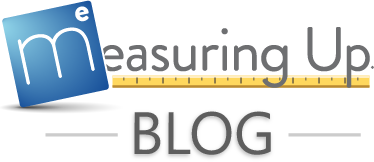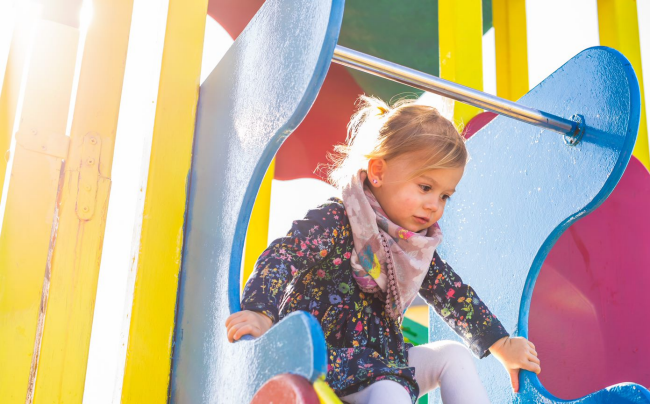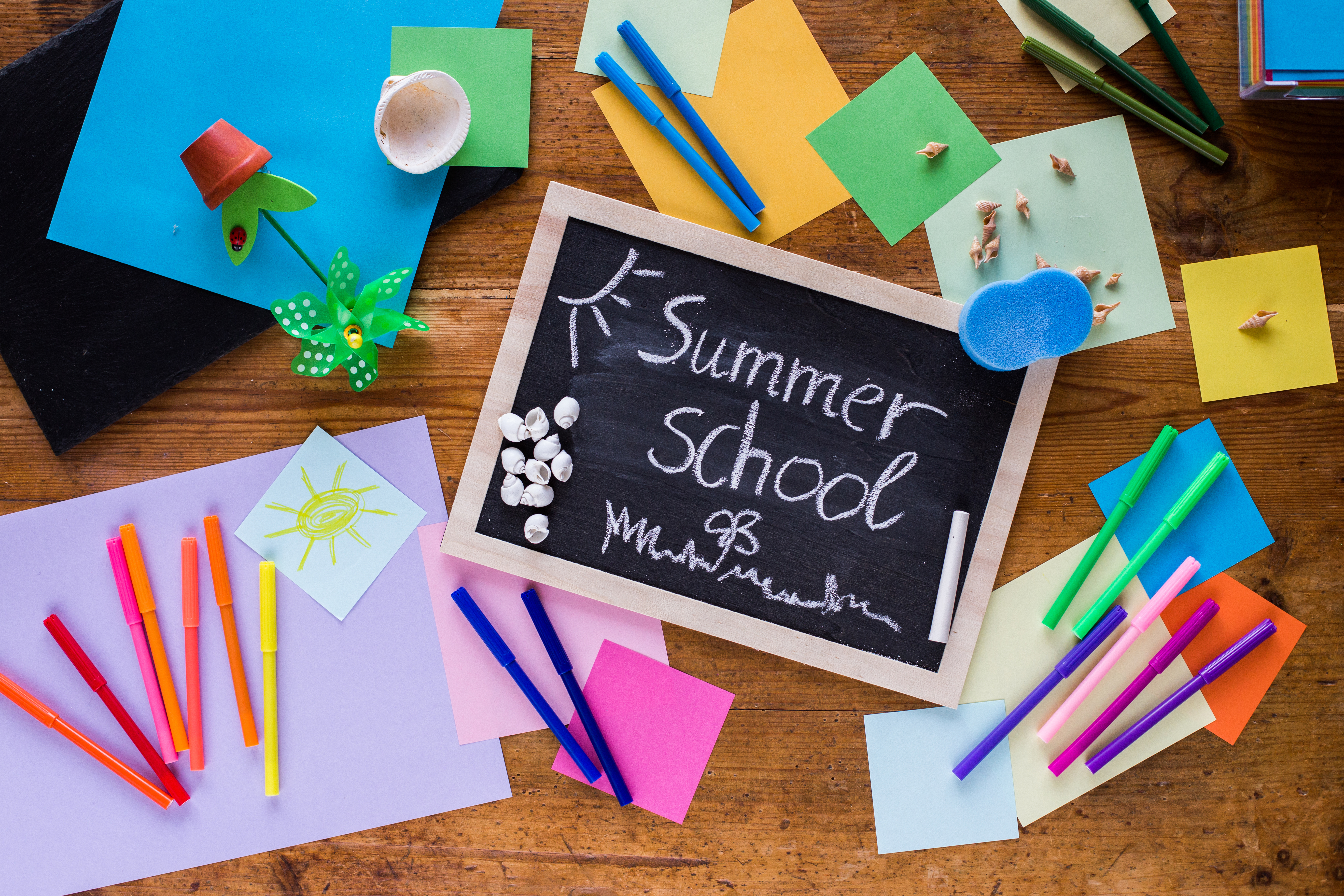Marketing Team, July 2023, 8 min read
With so much heated debate over the concept of teaching to the test, it almost seems counterintuitive to ask teachers to assess their students even more. However, assessments are the only way to discover if students are actually learning anything, and when done correctly, they can really help students think and grow.
Who says that an assessment has to be boring, tedious, and stressful to actually mean something?
Formative assessments are anything but those things. They can even be quite fun. And in most cases, students don’t even realize that they’re being assessed in the first place, so they stay relaxed and engaged in class—showing off the new knowledge and skills they’ve recently come to know.
What is Formative Assessment
Forget those end-of-unit tests or semester portfolios. Formative assessments include a variety of different activities that take place while students are actually learning, and they provide helpful and immediate feedback that educators can then use to inform their teaching as it happens.
Unlike summative assessments, which test student knowledge after learning has already taken place, formative assessments are more of a low-stakes strategy to see where students are at each day. They basically tell teachers whether it’s time to reteach information in a new way, clarify it, or move on to something else.
Benefits of Formative Assessment
The benefits of formative assessment are many, making it a powerful tool that teachers can use to reach each student individually and improve the overall success rate in their classrooms. By continuously monitoring student learning and providing helpful feedback in real-time, formative assessment strategies help teachers challenge their students in new and creative ways so that they can find academic success all year long.
Here are the top four benefits of using formative assessment strategies regularly in the classroom:
- They increase student engagement and motivation to learn.
- They enhance student understanding and retention of new information.
- They assist teachers in providing personalized feedback and targeted instruction.
- They allow for the identification of learning gaps and suggest areas for improvement.
Once daily formative assessment strategies are implemented in the classroom, both teachers and students enjoy the perks right away.

Formative Assessment Strategies
There are tons of different options when it comes to administering formative assessment strategies in the classroom. And the more variety that’s offered, the greater the chance teachers have to reach each of their students throughout the week—letting them shine in the ways that come most naturally to them.
The very best part is that implementing new formative assessment strategies is just plain fun. This is a chance to get those creative juices flowing in the classroom and see where imagination can come into play.
Using the four prominent learning styles as a guide, teachers can utilize any of the well-known formative assessment strategies out there, tailoring them as needed to meet the needs of their particular students, or they can create their own.
Formative Assessment Ideas
Here are twelve formative assessment ideas anyone can use in the classroom organized by the prominent learning style they fall under.
Visual
- Pictionary
Set a timer and provide students with a word or concept they’ve been learning in class. Students will then draw a visual representation of that word or concept before the timer runs out. - Affinity Maps
Prepare a designated space on a whiteboard or poster board with a word, phrase, or question. Next, have each student use a colored marker or sticky note to contribute something to the affinity map as a group. - Graphic Organizers
Ask students to complete a graphic organizer using what they’ve learned in class that day. Mix it up by using KWL charts, sequence maps, Venn diagrams, and other graphic organizers throughout the week.
Auditory
- Popsicle Sticks
Have students write their names on a popsicle stick that you keep in a jar. While asking questions in class, draw a popsicle stick, and have that student answer the question aloud for all to hear. - Fishbowl Discussions
Place students into two groups: an inner and outer circle. Task the students in the inner circle with having a discussion about a predetermined topic and the students in the outer circle with listening and taking notes. - Socratic Seminars
Arrange all students in a circle with the teacher remaining outside of it. Students will then host a formal discussion among each other regarding a pre-selected topic while the teacher moderates the discussion by asking open-ended questions.
Reading & Writing
- Think-Pair-Share
Start off a Think-Pair-Share by posing a question in class. Students will then write down their answers independently, pair off with a partner to discuss their answers, then share their answers in class one pair at a time. - White Boards
With small white boards sitting on their desks, students can write down their answers to questions asked in class, hold them up for the teacher to review, then erase them and prepare for the next question. - Entrance/Exit Tickets
Entrance and exit tickets are a quick and easy way to assess student knowledge prior to teaching a lesson or just after teaching one. Simply ask a question and have students write it down on a notecard or piece of paper to hand in.
Kinesthetic
- Hand Signals
Using hand signals is a no-prep way to make sure students are engaged in class and learning new material. Just ask students to give a thumbs up if they fully understand a new concept, a sideways thumb if they still have questions or need more practice, or a thumbs down if they feel totally lost. - Beach Balls
Get your students moving while they learn by having them sit on the floor or stand up at their desk, asking them a question, then throwing a beach ball to them. Whoever catches it answers the question then throws the ball to another student to add more information or back to the teacher for a new question. - Response Cards
With pre-made cards already on their desks, ask students if they understand the new material and have them hold up one of their cards in response. The cards can have yes, no, or unsure answers on them, a green, red, or yellow traffic light, or even emojis on them to illustrate how they’re currently feeling.





